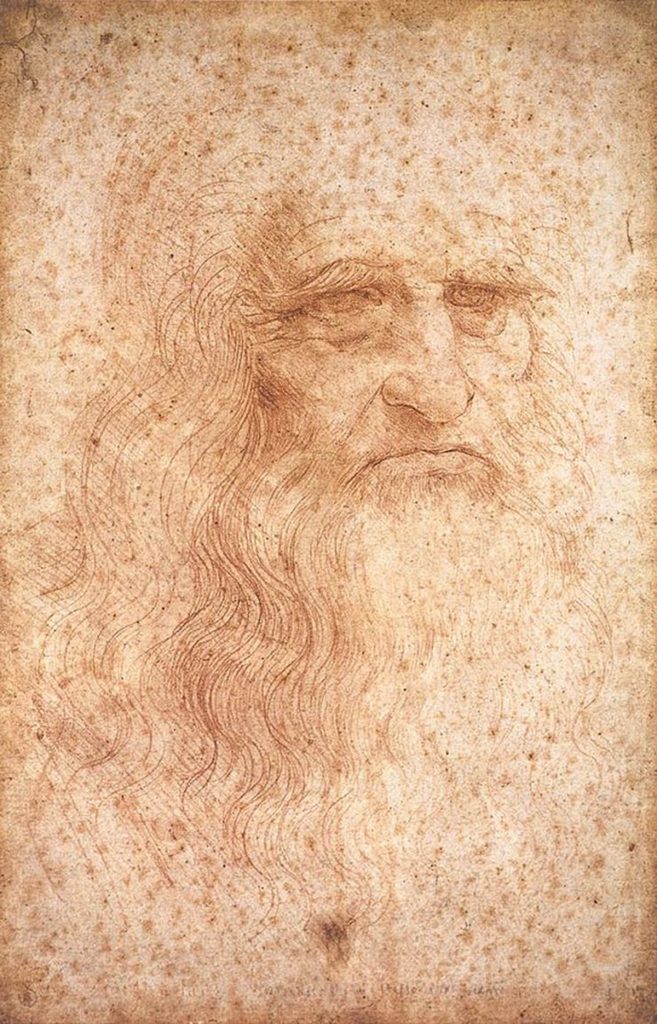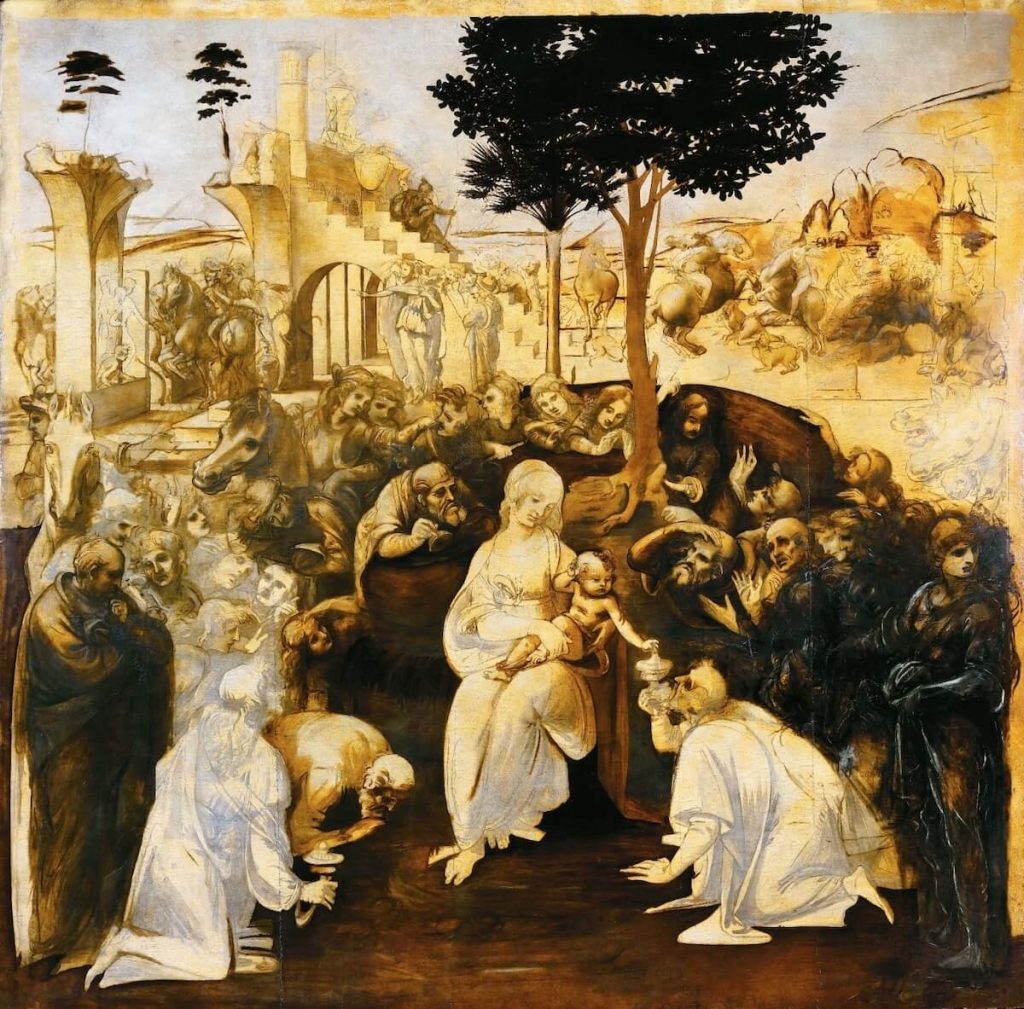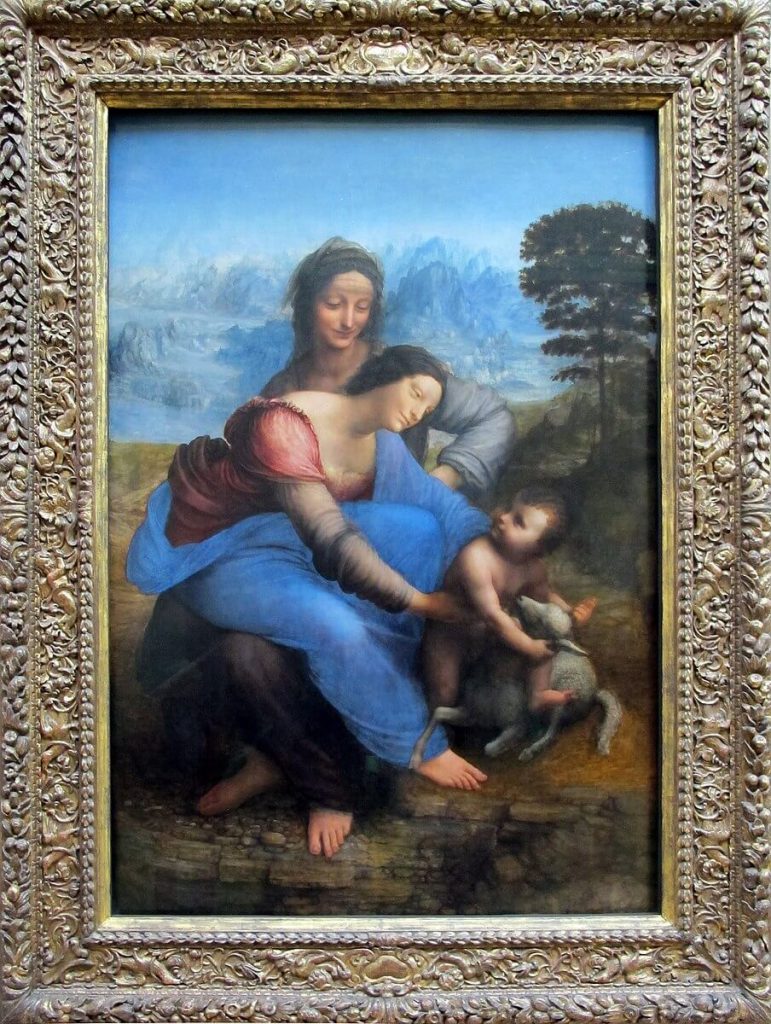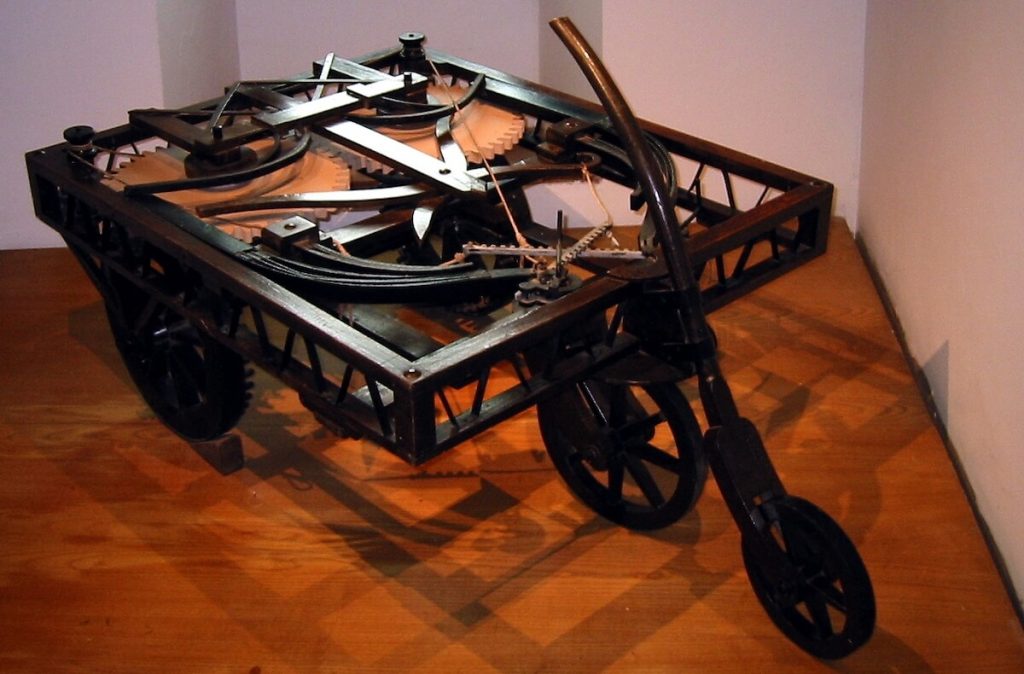Painter, sculptor, scientist, philosopher, architect, mathematician, inventor and even musician, Leonardo Da Vinci it is the emblem of universal genius. They have passed 569 years from the birth of Leonardo, the 15 April 1452, and on the Italian (Florentine) best known in the world over the centuries everything has been written. His figure has always been fascinating, both as regards the artistic side and as regards his private life. Leonardo did not write much about himself. What we know comes above all from the chapter dedicated to him in "The Lives of the Most Excellent Painters, Sculptors, and Architects”, By the painter and biographer Giorgio Vasari. Despite this, many were also interested in the mysterious component of Leonardo's life and, of course, the secrets hidden in his works. To cite one of the most striking "cases" of recent years, just think of the best seller by Dan Brown "Da Vinci's code".

A brief history of Leonardo
Born in old man (Vinci), in the province of Florence from a relationship between the father Piero, a notary, and a peasant woman, Leonardo showed a talent for painting from a very young age. However, it will only be in 1469, at the age of 17 years, which will enter the Verrocchio's workshop. Leonardo's first autonomous works date back to 1472, date on which it is enrolled in the company of the painters of San Luca from Florence. In 1476 he was accused of sodomy against the then 17 year old Jacopo Saltarelli, but he will later be found innocent. Leonardo Da Vinci's career will take off in 1478, when he will receive his first public commissions. Among these is the painting of the altarpiece of the chapel of San Bernardo al Palazzo della Signoria and, in 1481, Adoration of the Magi, in the church of San Donato in Scopeto (never completed).

The following year Leonardo will move to Milano, at the service of Louis the Moor (Sforza) where he will remain until 1499. Works such as La Virgin of the Rocks (1483) The Lady with an Ermine (1490) and the Cenacolo (1495), in the refectory of Santa Maria delle Grazie. After the occupation of Milan by French troops, in 1500 he will return to Florence, following Cesare Borgia. His greatest work, La Gioconda, it was built in those years (1503). In 1506 he returned for a short period to Milan, at the request of the French governor Charles of Amboise. The following year he will leave for France, as a painter and engineer at the court of Louis XII, but it will remain until 1507, when he moves first to Milan and then to Rome. In 1516 he will definitively return to France at the court of Francis I. (With Gioconda in tow), until his death, which occurred on 2 May 1519.
Ambiguity and the mysteries of the Mona Lisa
It is now known that the genius of the Renaissance left hidden messages within his works. Of course, perhaps not as fanciful as the story of the Grail-Magdalene and priory of Sion in Cenacolo (described in Dan Brown's novel), but many have studied the hidden messages of the genius. Think for example of the kite in the painting "Sant'Anna, the Virgin and Child with the little lamb". Sigmund Freud, in his essay "A childhood memory of Leonardo da Vinci", He tried to interpret the message behind the bird hidden in the painting (which he described as"vulture", Due to a translation error). According to Freud, in the first interpretation, the animal would be a sign oflatent homosexuality by Leonardo. In the other interpretations the presence of the kite it would be linked to the artist's close relationship with his mother.

However, Leonardo's most enigmatic work remains the Gioconda. Dozens of assumptions, even bizarre ones, have been made about her smile that is still indecipherable, such as those of the Canadian researcher Susanne Giroux, according to which the lips of the Mona Lisa, turn by 90%, would show a lower back. Another unlikely hypothesis is the one that would like that behind the Mona Lisa would be hidden the face of Gian Giacomo Caprotti (Smoked), a favorite pupil of the Florentine artist or even the face of Leonardo himself. As enigmatic as a smile, they would also be the eyes of the Mona Lisa. A study conducted by the Italian Silvano Vincenti, would have shown how gods would be hidden in the pupils of the Mona Lisa symbols. In the right eye the letters would be present L e V (Leonardo da Vinci) and one in the left eye B (or one C) it's a E. These could in fact be the initials of the model who inspired the Mona Lisa.

Leonardo Da Vinci the immortal genius
Mysteries, ambiguity or not, Leonardo Da Vinci is to be considered a absolute genius, not only in relation to his time, but also for those to follow. His works, pictorial and otherwise, have inspired many subsequent artists, up to the present day. Some projects of the Florentine genius have in fact anticipated future projects, up to now. Think for example of the self-propelled wagon, the sketch of which is contained in Atlantic Codeconsidered by many to be the first ancestor of the automobile. Although more than five centuries have passed since his birth, Leonardo Da Vinci is always a current figure, an immortal genius capable of intriguing and thrilling even those who are not really a lover of art. The audience boom of the recent fiction "Leonardo”, Broadcast on RAI 1 (although very fictional) is an example of this.

Studies on Leonardo Da Vinci continue to provide new insights to analyze his works and his fascinating life. More than five centuries after its birth, there is still a lot to say about the Florentine genius, especially secrets to reveal. An example is the mystery of Savior of the world purchased in 2017 from the Louvre of Abu Dhabi for a millionaire, but which some scholars would not attribute to the master's hand. The mysteries that revolve around the genius of Leonardo are many. Who knows who will be next to come to light.





